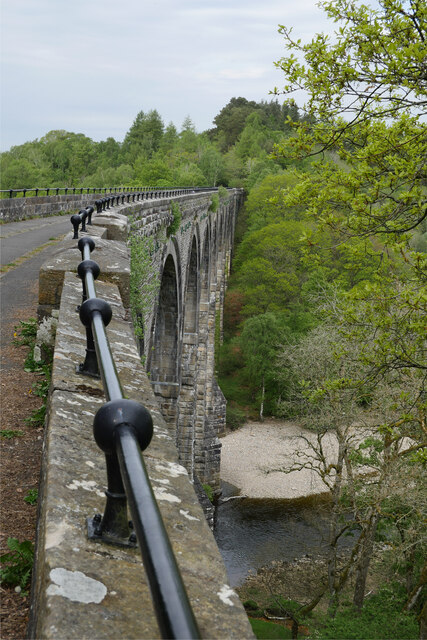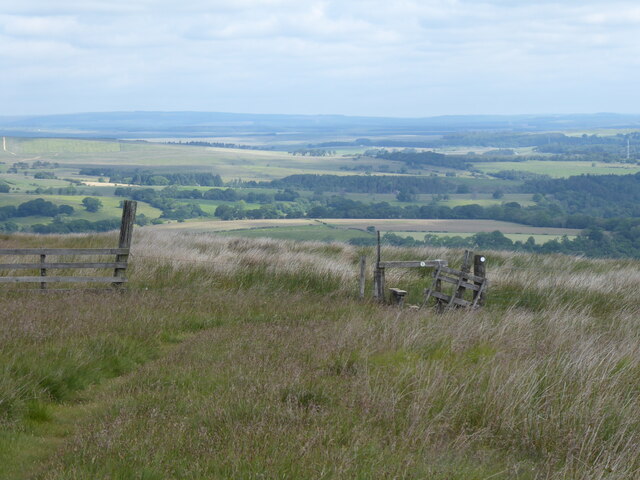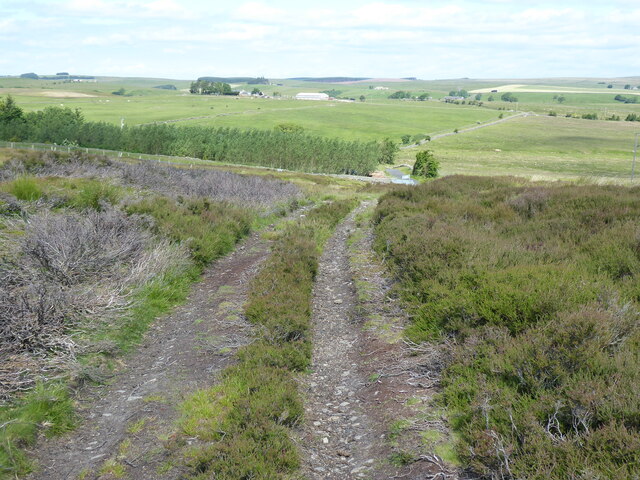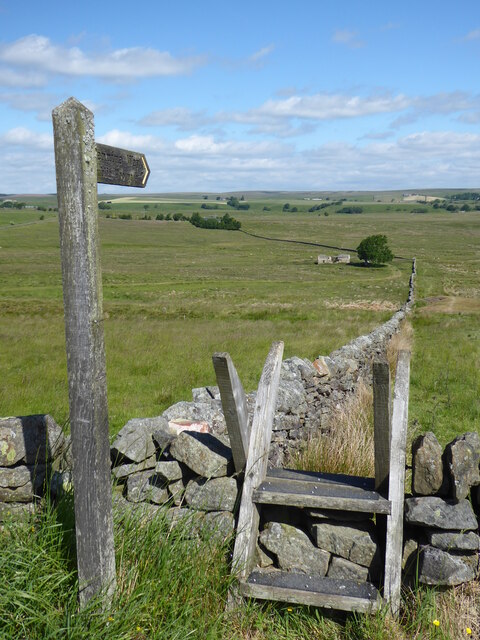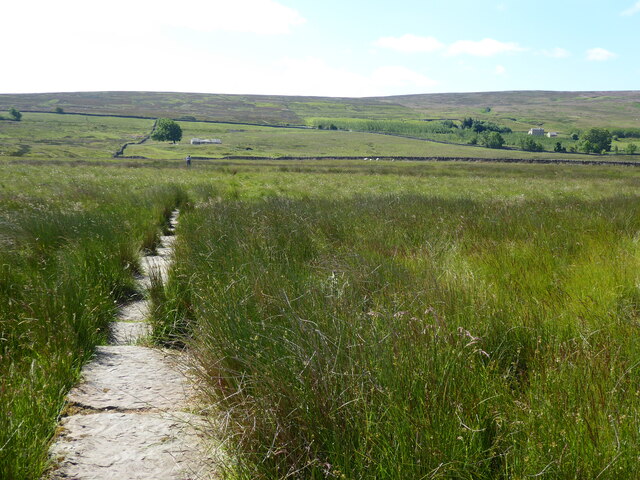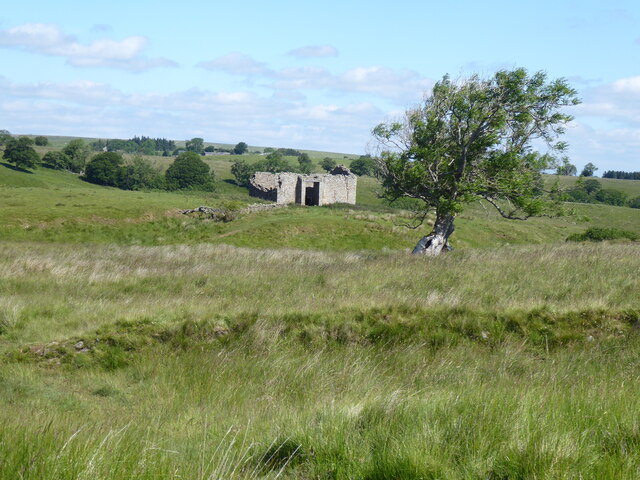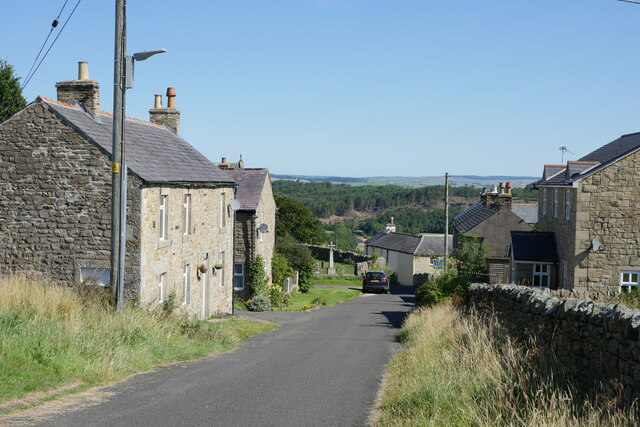Bell Hill
Hill, Mountain in Northumberland
England
Bell Hill
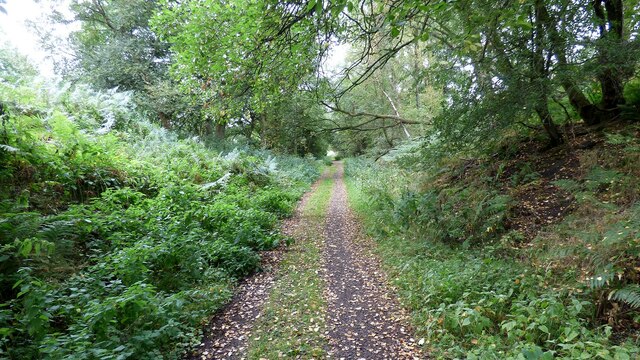
Bell Hill, located in Northumberland, is a prominent hill that stands at an elevation of approximately 315 meters above sea level. Situated in the northern part of England, it is a part of the stunning North Pennines Area of Outstanding Natural Beauty. Bell Hill is known for its picturesque landscapes and breathtaking views, making it a popular destination for hikers, nature lovers, and photographers.
The hill is characterized by its gently sloping terrain covered with a mix of grasses, heather, and wildflowers, creating a vibrant and colorful landscape during the summer months. It is also home to a diverse range of wildlife, including various bird species, small mammals, and insects. The surrounding area is dotted with ancient woodlands, providing a habitat for numerous flora and fauna species.
At the summit of Bell Hill, visitors are rewarded with panoramic vistas of the surrounding Northumberland countryside. On clear days, one can see as far as the Cheviot Hills to the north and the Tyne Valley to the south. The hill offers a tranquil and peaceful atmosphere, with the sound of birdsong and the gentle breeze adding to its charm.
Access to Bell Hill is relatively easy, with well-maintained footpaths leading to the top. It is a popular spot for both leisurely walks and more challenging hikes. The hill serves as a gateway to the North Pennines, offering a starting point for further exploration of the region's natural wonders.
Overall, Bell Hill in Northumberland is a stunning and accessible location, providing visitors with a chance to immerse themselves in the beauty of the English countryside while enjoying breathtaking views and a diverse range of wildlife.
If you have any feedback on the listing, please let us know in the comments section below.
Bell Hill Images
Images are sourced within 2km of 54.927126/-2.5138566 or Grid Reference NY6759. Thanks to Geograph Open Source API. All images are credited.
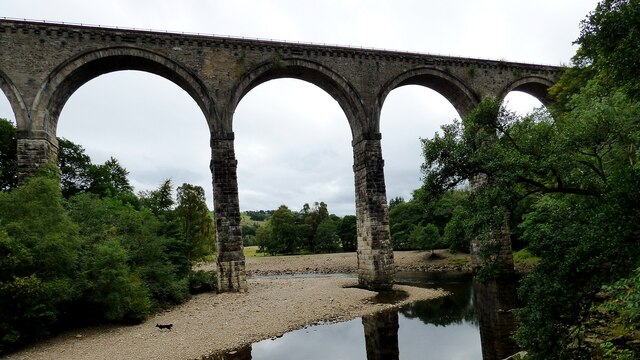
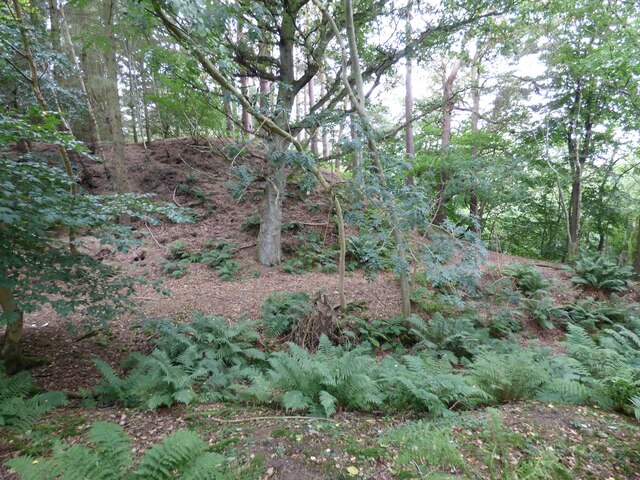
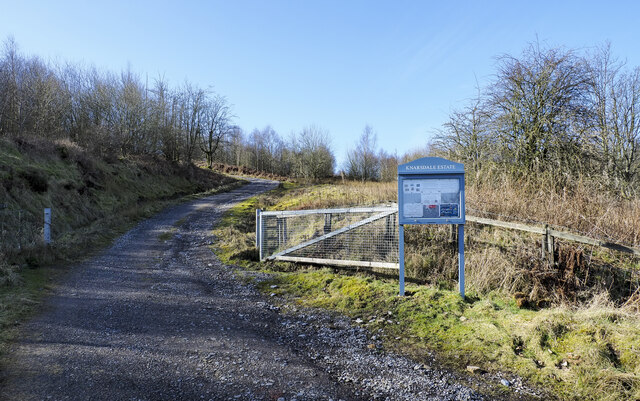




Bell Hill is located at Grid Ref: NY6759 (Lat: 54.927126, Lng: -2.5138566)
Unitary Authority: Northumberland
Police Authority: Northumbria
What 3 Words
///earmarked.reception.coasters. Near Greenhead, Northumberland
Nearby Locations
Related Wikis
Coanwood railway station
Coanwood was a railway station on the Alston Branch Line, which ran between Haltwhistle and Alston. The station, situated 4 miles (6 km) south-west of...
Lambley, Northumberland
Lambley, formerly known as Harper Town, is a village and former civil parish, now in the parish of Coanwood, in Northumberland, England about four miles...
Coanwood
Coanwood is a village in Northumberland, England, and is part of the Parish of Haltwhistle. It is about four miles (6 km) to the south-west of Haltwhistle...
Lambley railway station
Lambley was a railway station on the Alston Branch Line, which ran between Haltwhistle and Alston. The station, situated 4+3⁄4 miles (8 km) south-west...
Featherstone, Northumberland
Featherstone is a village in Northumberland, England about 17 miles (27 km) west of Hexham, and about 3 kilometres (2 mi) south of Greenhead. == Featherstone... ==
Featherstone Castle
Featherstone Castle, a Grade I listed building, is a large Gothic style country mansion situated on the bank of the River South Tyne about 3 miles (5 km...
Featherstone Park railway station
Featherstone Park was a railway station on the Alston Branch Line, which ran between Haltwhistle and Alston. The station, situated 3 miles (5 km) south...
Rowfoot
Rowfoot is a hamlet in Northumberland, England at grid reference NY6849860722. == External links == Media related to Rowfoot at Wikimedia Commons
Nearby Amenities
Located within 500m of 54.927126,-2.5138566Have you been to Bell Hill?
Leave your review of Bell Hill below (or comments, questions and feedback).

